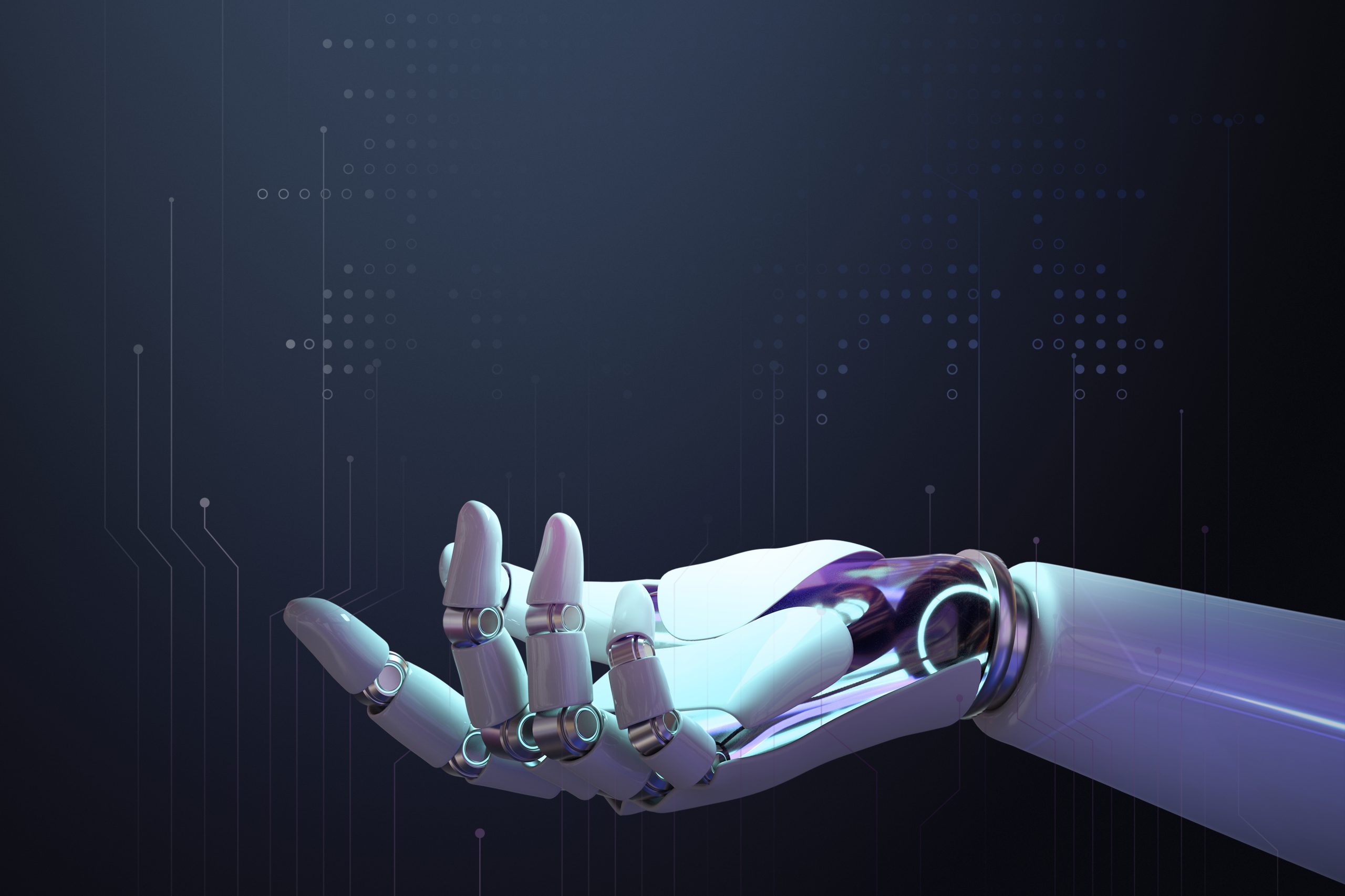On Page
ToggleIn the ever-evolving landscape of artificial intelligence, creating your own ChatGPT clone can be an exciting and rewarding endeavor. The ability to harness the power of language models for your specific needs opens up a world of possibilities. In this comprehensive guide, we’ll walk you through the essential steps to make your very own ChatGPT clone.
At its core, ChatGPT relies on the groundbreaking GPT (Generative Pre-trained Transformer) architecture, a pinnacle of natural language processing. This framework, developed by OpenAI, has become a cornerstone for language understanding and generation. The foundation of this journey lies in selecting the right framework for your endeavor, with options like TensorFlow or PyTorch providing the necessary scaffolding for your project. As we delve into the technical intricacies, a crucial preliminary step involves data collection – the lifeblood of any language model. Curating a diverse and extensive dataset is paramount, ensuring that your ChatGPT clone is well-versed in handling an array of inputs, making it adaptable and versatile.
With the basics laid out, the subsequent phase involves constructing the model itself. Leveraging pre-trained models such as GPT-3.5 serves as a launchpad for your ChatGPT clone, significantly reducing the training time and computational resources needed. Fine-tuning becomes the crux of personalization, as it tailors the language model to your specific domain, ensuring it not only comprehends but also generates contextually relevant and accurate responses. As the model takes shape, considerations shift towards integration and deployment. Whether it’s through API integration for wider accessibility or designing an intuitive user interface, the deployment process is pivotal in bringing your ChatGPT clone to life.
Understanding the Basics
Before diving into the technicalities, it’s crucial to understand the basics of what ChatGPT is and how it works. ChatGPT is built on OpenAI’s GPT (Generative Pre-trained Transformer) architecture, a state-of-the-art language model. It’s trained on a diverse range of internet text, making it proficient in understanding and generating human-like text based on the given input.
Setting the Foundation
Choose Your Framework
Selecting the right framework is the first step. Many developers opt for frameworks like TensorFlow or PyTorch. Each has its strengths, so choose one that aligns with your preferences and expertise.
Data Collection
For effective training, you need a substantial dataset. Gather a diverse range of text data to ensure your model can handle a variety of inputs. The larger and more diverse your dataset, the better your ChatGPT clone will perform.
Building the Model
Pre-training
Leverage pre-trained language models like GPT-3.5 as a starting point. This significantly reduces the training time and resources required. OpenAI provides access to the GPT-3.5 model, allowing you to initialize your clone with a powerful base.
Fine-tuning
Fine-tune the model on your specific dataset. This step is crucial for tailoring the language model to your desired domain. It ensures your ChatGPT clone is proficient in generating contextually relevant and accurate responses.
Integration and Deployment
API Integration
To make your ChatGPT clone accessible, consider integrating it with an API. This allows users to interact with your model through a user-friendly interface. OpenAI provides API access, simplifying the integration process.
User Interface
Design a user interface that facilitates seamless interactions. Consider user experience (UX) principles to ensure your ChatGPT clone is intuitive and user-friendly. A well-designed interface enhances the overall user experience.
Deployment Platforms
Choose a deployment platform based on your requirements. Whether it’s a web application, mobile app, or a standalone service, select the platform that aligns with your target audience.
Ensuring Ethical Use
As you develop your ChatGPT clone, it’s essential to prioritize ethical considerations. Clearly define the use cases and establish guidelines to prevent misuse. Implementing ethical AI practices ensures responsible development and deployment.
Continuous Improvement
The journey doesn’t end with deployment. Regularly update and fine-tune your ChatGPT clone based on user feedback and evolving requirements. This iterative process ensures your model stays relevant and continues to deliver high-quality outputs.
Troubleshooting and Optimization
Monitoring
Implement monitoring tools to track the performance of your ChatGPT clone. Identify and address any issues promptly to maintain optimal functionality.
Optimization Techniques
Explore optimization techniques to enhance the efficiency of your model. This may include pruning unnecessary parameters, employing quantization methods, or leveraging hardware accelerators for faster inference.
Conclusion
Creating a ChatGPT clone is a challenging but rewarding undertaking. By following this comprehensive guide, you can embark on a journey to develop a powerful language model tailored to your specific needs. Remember to stay informed about advancements in AI, continuously refine your model, and prioritize ethical considerations throughout the development process.
Embark on your journey to create a ChatGPT clone that stands out in the world of artificial intelligence. Innovate, iterate, and contribute to the ever-expanding landscape of conversational AI.




